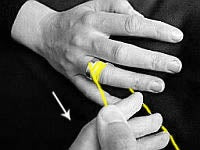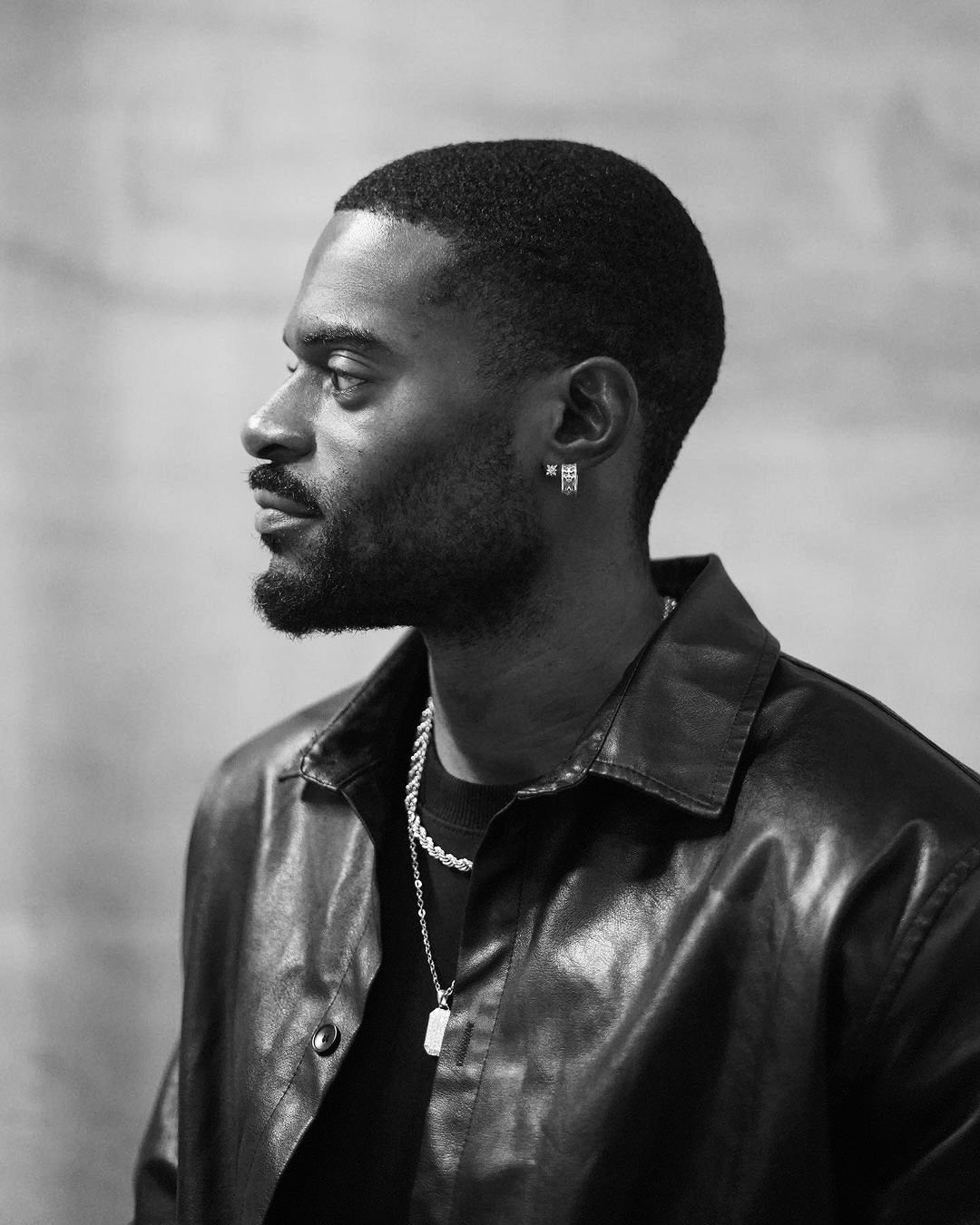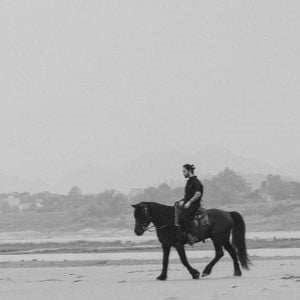Are you experiencing pain, swelling, or discharge around your ear piercing? An infected ear piercing can be uncomfortable and concerning, but with the right treatment, you can effectively address the issue. In this article, we will guide you through the steps to treat an infected ear piercing and promote healing. Follow these expert tips and remedies to ensure a speedy recovery and maintain the health of your earlobe.
1. What is an infected ear piercing?
An ear piercing is a hole through your earlobe or the cartilage in your middle or upper ear. Ear piercing infections may be red, swollen, sore, warm, itchy or tender. Sometimes, piercings ooze blood or white, yellow or green pus.
A new piercing is an open wound that can take several weeks to fully heal. During that time, any bacteria that enter the wound can lead to infection.

2. What does an infected ear piercing look like?
Some pain and redness are part of the normal healing process for pierced ears. It can be easy to confuse those with signs of infection.
If there’s a bump on the back of the ear piercing, it’s not necessarily infected. Small bumps called granulomas can sometimes form around the piercing. These bumps are trapped fluid that you can treat by compressing them with warm water.
You know your ear piercing is infected if you have symptoms such as:
- Discharge coming out of your piercing.
- Fever.
- Redness, warmth or swelling around your piercing.
- Tenderness in your pierced earlobe or cartilage.
If bacteria get into a new piercing, it can lead to infection. You may expose your new piercing to harmful bacteria by:
- Pressing earrings at unreliable and low-quality establishments, especially those that do not guarantee proper hygiene conditions for the ear piercing tools, can easily lead to ear inflammation and infections. Additionally, self-piercing at home and being exposed to other factors such as the environment, hands, and piercing instruments can cause the earlobe to become swollen and pus-filled.
- Wearing poor-quality earrings made from inferior materials after ear piercing can cause skin irritation and make the earlobe prone to inflammation and swelling.
- Inadequate post-piercing hygiene practices can result in pus formation in the earlobe.
- Another factor that can contribute to harmful bacterial invasion and infection is the habit of touching the pierced area with unwashed hands.
- Wearing earrings that are too tight can also lead to the earlobe becoming pus-filled and causing discharge.
4. How do you treat an infected ear piercing?
Step 1: Maintain the position of the earring
People often remove earrings when they notice swelling, inflammation, or pus in the affected area. However, this action can worsen the condition of the wound. It is advisable to only remove the earrings under the guidance of a specialized doctor. Additionally, it's important to avoid touching, rotating, or twisting the earrings as it can further aggravate the wound and lead to more serious complications.
Step 2: Clean the pus around the ear
When the earlobe is infected and pus is present, it's important to clean the earrings and the surrounding area. Use sterile cotton swabs or soft cloths to gently wipe away the pus around the ear. Remember to use separate swabs or cloths for each ear to prevent the spread of bacteria from one ear to another.
Step 3: Rinse the wound with saline solution
Dip a sterile cotton ball or gauze into physiological saline solution and gently clean the pierced area. Avoid rubbing or applying excessive pressure. Perform this cleansing process three times a day to ensure cleanliness.
Step 4: Protect the wound until it heals
Limit touching the affected area and avoid placing a phone against the ear or sleeping on the painful side. If you are a woman, tie your hair up to prevent it from coming into contact with the wound.
Furthermore, if you experience significant pain relief, you can use a water-soaked gauze pad at a warm temperature and apply it to the wound to alleviate discomfort. However, be cautious not to use excessively hot water as it can cause further pain.
If you have tried the above methods without improvement or if the condition worsens, it is recommended to seek medical attention and have a doctor examine and provide timely solutions.
The information provided in this article aims to share knowledge about treating an infected earlobe. We hope that these tips can provide you with useful information to help maintain the health of your earlobes.
If you are looking to buy an individual, unique and quality earring, you can choose Helios Global. At Helios Global, the earring products are carefully crafted, with a variety of eye-catching and novel designs, you will feel completely worth it when you make a purchase at Helios Global.






